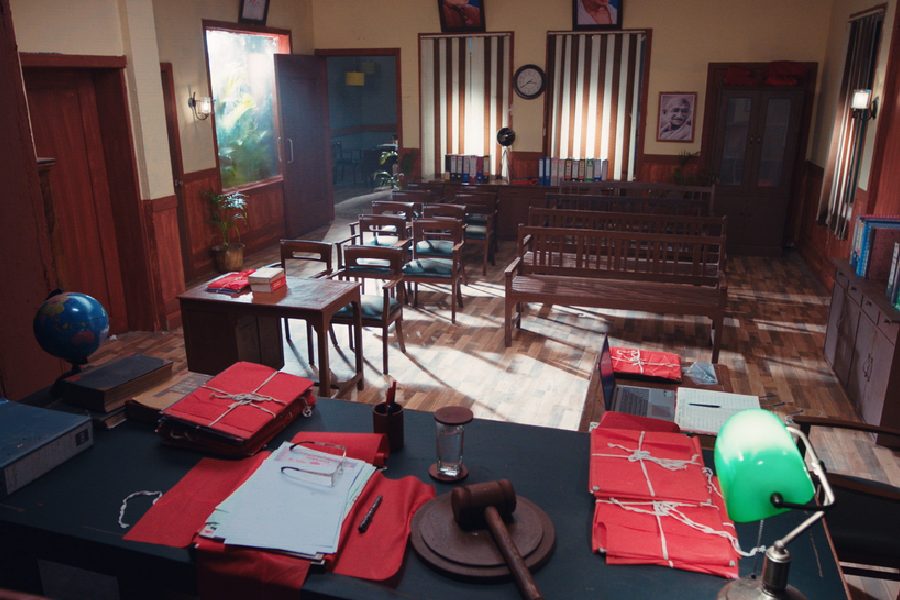
Luscious treat
The National Research Centre for Litchi has mooted a preservation model common in Thailand before the Union government to ensure the farmers get the correct price for the fruit.
At present, litchi farmers in the state do not have infrastructure, including cooling facility, to preserve the perishable fruit for a long time. They store the fruits traditionally, in boxes giving the produce a shelf life of about a week. Instead the Thailand model provides a cold chain for the fruit from the orchard to the market increasing its shelf life up to a month.
The farmers also get a raw deal from the middlemen who buy the produce at lower prices and sell in the markets for a huge profit.
So, National Research Centre for Litchi in Muzaffarpur has sent a proposal to the Union agriculture ministry for adopting the Thailand model of preservation, ensuring an improvement in the condition of the farmers. A reply is yet to come.
The director of the litchi research centre, Vishalnath, said: 'A proposal has been forwarded to the central government for a minute study of the marketing and preservation skills engaged in Thailand to protect the fruit's quality. A detailed report on the marketing skills for the fruit has been attached too, apart from a list of progressive litchi farmers who would be sent for first-hand study of the model.'
The farmers shortlisted are from Muzaffarpur, Vaishali, Begusarai, Bhagalpur, Katihar, Motihari, Darbhanga, and Samastipur. 'The financial condition of the litchi growers would improve once they can implement the model and earn lucrative returns from their produce,' said the director.
Statistics available with the research centre states that litchi is cultivated on 7,500 hectares in Muzaffarpur alone. The average annual produce is around 50,000 quintals.
A scientist at the centre said Thailand, in the recent years, has developed skills and agricultural technologies to preserve perishable vegetables and fruits, including litchi, for at least a month. The shortlisted farmers would be trained in setting up pack houses around the orchards to help preserve the fruit and from there, send the produce to the open market with the help of a cooling channel fitted in vehicles.
The model also talks of setting up dedicated marketing yards at regional and national levels through which the litchi farmers growers can sell their produce. The Thailand marketing model provides litchi growers a direct interface so far as marketing of the product is concerned.
The system rules out the role of middlemen, who now play an important role in the marketing chain and end up getting a lion's share of the actual market price of the fruit. The litchi growers hardly get their due share in the profit.
Mohammad Rashid Choudhary, a litchi grower of Mustafapur village, said: 'We are forced to sell our produce to the middlemen at Rs 30-40 per kg who then sell it for Rs 125-140 a kg. But we are helpless because we don't have a cold chain facility or any direct access to big markets.' Vinod Rai of Jhapa village echoed Rashid.
Bholanath Jha, a progressive litchi trader-cum-farmers' representative to the Agriculture Technology Management Agency, Patna, said: 'If the research centre's idea is accepted by the Union government and properly implemented by the state government, a lot of litchi growers would be able to harness the true value of their hard work.'










